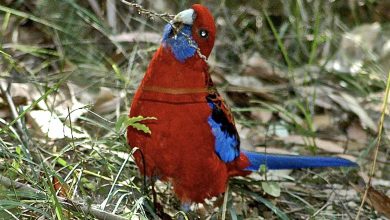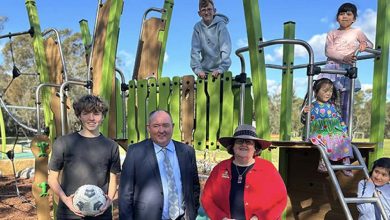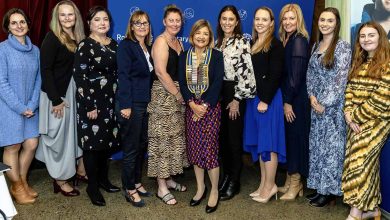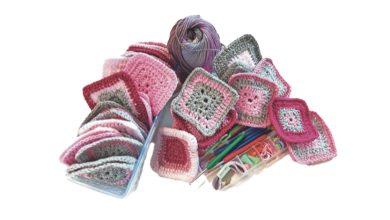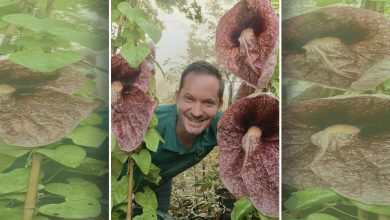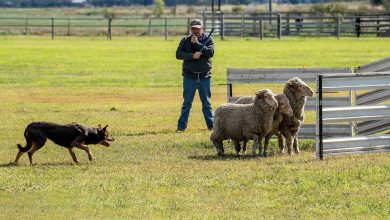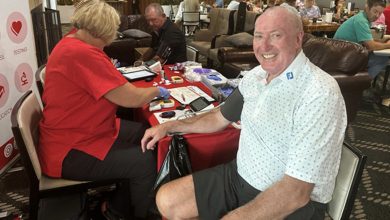Origins of Yattenden Oval
Yattenden Oval was developed by Baulkham Hills Shire Council as a Rugby Union and Cricket field in John Street at Baulkham Hills in late 1960s on the site of an old racecourse.
Council named the field after “Yattendon”, a prize-winning racehorse of 1860s, trained by Baulkham Hill’s sportsman Samuel Jenner.
In September 1861 the grand broodmare “Cassandra” foaled a colt to champion stallion, “Sir Hercules”, in the paddocks of Charles and Anne Tindal’s Ramornie Stud Farm on the Clarence River near Grafton which they had bought in 1858.
They named the colt “Yattendon” after their home Yattendon House in Berkshire, England. Such was “Cassandra’s” celebrity status that news of her last foaling made it to the Bell’s Life and Sporting Chronicle, a Sydney horseracing newspaper. However, in January 1862 the Tindal family departed Sydney on “La Hogue” and once again settled at Yattendon House in Berkshire. The colt “Yattendon” came to market in 1862 and was sold to Walter McEvilly a neighbor of Tindal’s Ramornie Stud.
McEvilly, an Irish born convict, had arrived in Sydney in 1840 aboard “King William” and served 7 years for forgery. Even as a young man in Tipperary, McEvilly had a passion for horseracing and owned a few horses. By 1850 McEvilly had been transferred from the Hyde Park Barracks to the offices of the Legislative Council in Macquarie Street, to act as a door-keeper.
After three years of loyal service McEvilly petitioned for a ticket-of-leave which was granted on 25th January 1844. In November 1847 Walter McEvilly married Mary Anne Farrell. In 1843 the Legislative Council Library was established and Richard O’Connor, became its first librarian. O’Connor secured the position of assistant librarian to Walter McEvilly, his fellow Irish Catholic friend.
Upon O’Connor becoming clerk of the new Legislative Assembly in May 1856, he relinquished the librarian position to McEvilly. The new position brought a considerable increase in salary and a residence in Macquarie Street for Walter and his family. Seeing the potential of fertile pastoral lands on the Clarence River opening up in 1860 and 1861 Walter bought over 430 acres beside Tindal’s Ramornie Stud.
The colt “Yattendon” made his second entry into the sporting pages of Bell’s Life when he was listed among the nominations in June 1863 for the Fourth NSW Biennial, nominated by ‘Mr O’Malley’ the nom de course adopted by McEvilly for his affairs on the Turf. O’Malley had been Walter’s mother’s maiden name and was his middle name. The Randwick Derby was “Yattendon’s” only start in spring 1864.
The horse had matured into a commanding specimen, dark brown, standing over sixteen hands, with a strong back and powerful hindquarters. However, he had chronic bad feet and wasn’t capable of a long, sustained campaign during any part of his racing career.
“Yattendon” next appeared in public at Randwick for the Randwick Grand Handicap run over two miles of the 1865 AJC Autumn Meeting in May and suffered his first defeat burdened by a heavy weight. Nonetheless during that week he had won the St. Leger and Biennial Stakes. Bells Life reported that Thomas Rutledge, a prominent grazier and politician of “Carwoola” on the Molonglo River had purchased “Yattendon” just after these races.
“Yattendon’s” troubled feet kept him off the scene for almost a year and did not appear again until 1866 when he won the inaugural Sydney Cup. The horse was nominated in the name of Mr Merry, a nom de course for well-known sportsman and trainer, Samuel Jenner. The following Friday, “Yattendon” won the City Handicap but was scratched from the Randwick Handicap the next day even though there was nothing wrong with the horse. Jenner objected but was overruled.
Already beginning to fail in health, Samuel Jenner died at his Baulkham Hills home on Windsor Road on 24th August 1867, aged 57 years, after a long and painful illness. Bell’s Life on 24 August 1867 recorded that “Samuel Jenner had been a colonist for more than thirty years and was intimately connected to the NSW Turf with interests as a breeder, owner, importer and trainer of racehorses. Mr. Jenner has for the last few years been prominently associated with racing at Randwick and Homebush”.
Convict Samuel Jenner had arrived in Sydney on 18 November 1834 aboard “Hooghley” after being tried at the Surrey Quarter Sessions and sentenced to 7 years. He was 24 years old, the son of John Jenner. The Sydney Morning Herald on Monday 1 March 1847 announced that Samuel Jenner of Parramatta had married Mary Elizabeth, only daughter of the late John Pye Esq. at St. Simons Church, Castle Hill on the previous Thursday.
Mary was the sister of John Pye III who died, aged 22 years, on 24 June 1853 intestate and left his entire property (135 acres) to Mary Jenner. The Jenner family leased most of this land, including the Lamb and Lark Inn (Bull and Bush Inn site).
Opposite the Lamb and Lark Inn was the Horse and Jockey Inn built by James Pye in 1842. Did James Pye or Samuel Jenner, auctioneer and horse racing trainer, build the horse racing track on the land near the Horse and Jockey Inn which is now the site of Yattenden Oval? Bell’s Life on 19 December 1863 announced: “Baulkham Hills Annual Races on 1st and 2nd January 1864 with three races each day starting at 1.00pm at Mr. Schofield’s Horse and Jockey”. Surely Samuel Jenner would have trained his horses on this track near his house.
Samuel and Mary Jenner had six children: Mary Rose (1848-1850), Alice Roseanna (1850-1927), Agnes Rose (1852-1853), Amy Elizabeth (1853-1924), Charles Henry (1856-1928) and Ellen Nash (1858-1932). In 1884 widow Mary Jenner sold the old Lamb and Lark and Horse and Jockey Inn sites to Daniel Horwood. Then in 1889 she purchased the Marooba property on Windsor Road, built by the Braddick family in 1868, where she died on 7 August 1910 in her 84th year, as recorded in Cumberland Argus on 8 August 1910.
Edward King Cox MLC of Fernhill Estate, Mulgoa purchased “Yattenden” in 1867 for 1500 guineas as the foundation thoroughbred stallion for his new racehorse venture.
In 1871 Cox sailed to England to purchase more mares to mate with “Yattendon” and another sire, “Lord of Linne”. “Yattendon” won the blue ribbon for the best-thoroughbred stallion at the first Royal Agricultural Society Show in 1869. Indeed “Yattendon” was never beaten at the Show with his final appearance coming in 1874. “Yattendon” died in 1880 at 18 years and is commemorated in a least two poems by A.B. Paterson.


